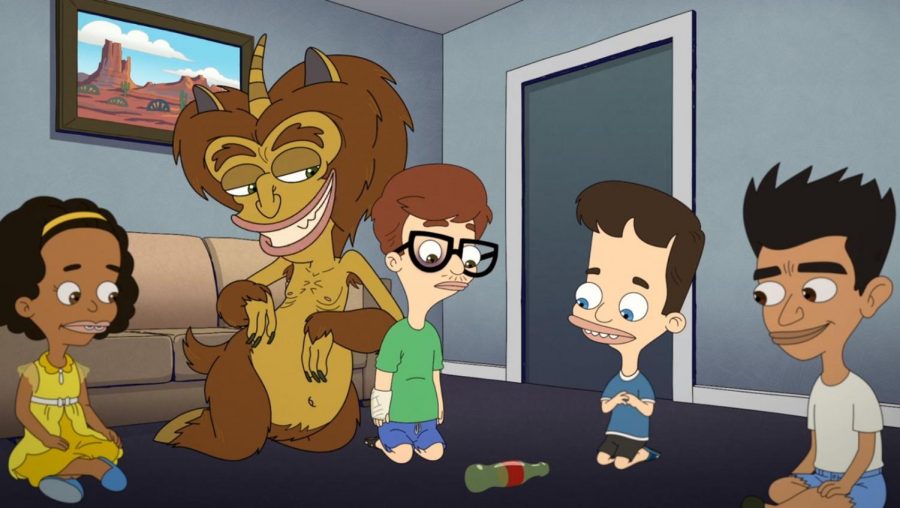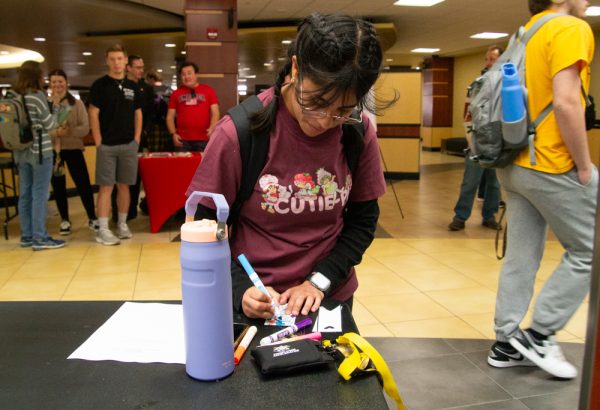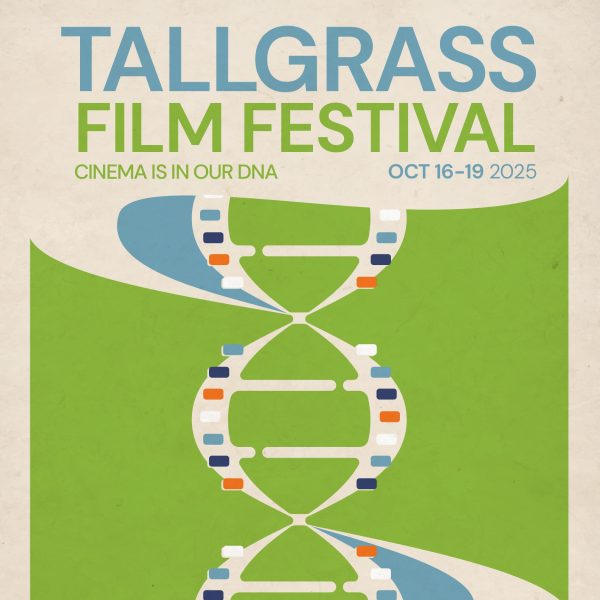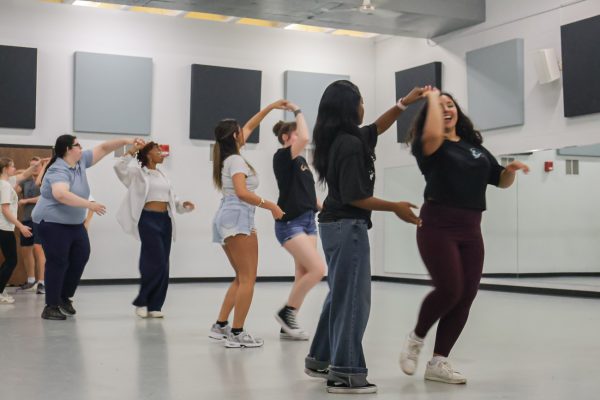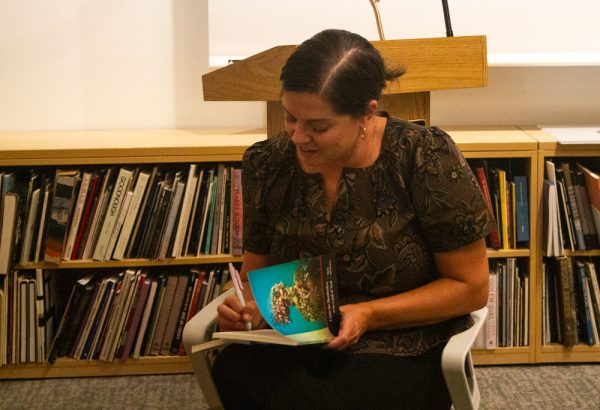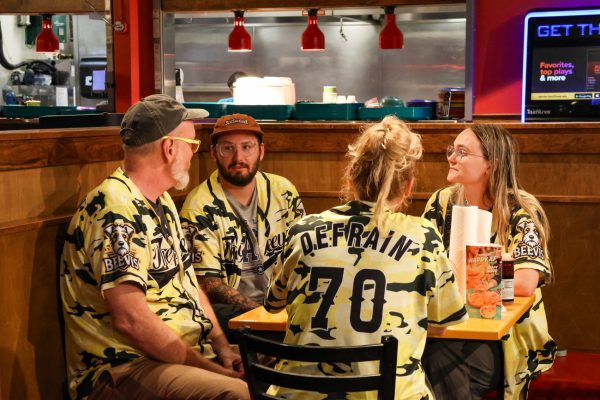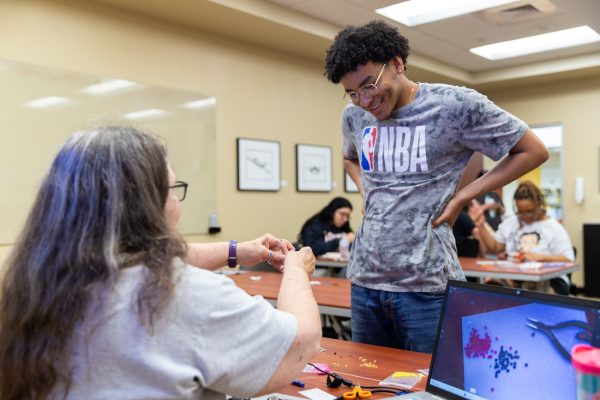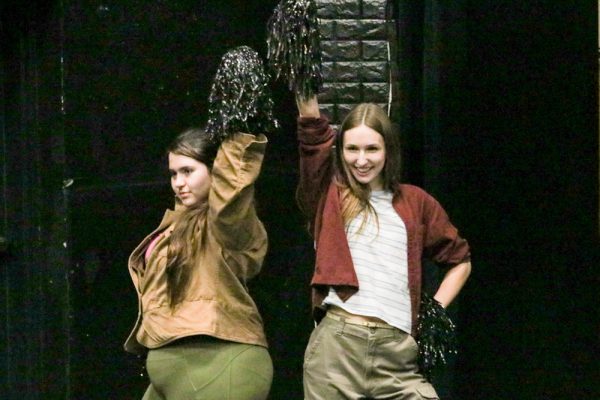Netflix sex ed: ‘Big Mouth’ hits puberty with grace
Let’s establish something: there are animated kids who masturbate, dry hump, and flash their privates in “Big Mouth.” No, it’s not child pornography, and yes, you should absolutely watch it.
Anyone who has survived a high school health course knows that most sexual education programs are awkward, out-of-touch, and wholly ineffective. You can bet on students zoning out during the important information and breaking into hysterics at the mention of a penis or vagina. “Big Mouth,” a Netflix original show that recently released its second season, solves this problem pill-in-the-peanut butter-style. It uses humor to deliver important lessons about sexuality, love, and friendship during the most awkward years of our lives.
There are so many ways a show like “Big Mouth” could fail. It could let its characters fall into caricature, settle for cheap, offensive jokes, or — worst of all — exploit the exploits of its teenage characters for sex appeal. Miraculously, “Big Mouth” manages to dodge all these pitfalls with grace.
At the heart of the show are three friends — two young men and a young woman, who are all in different stages of discovering their sexuality. As each character enters puberty, they struggle with cognitive dissonance between how know they should behave and what their hormones are pushing them to do.
This phenomenon is captured through the personification of several “hormone monsters.” By using these hilariously foul-mouthed creatures to display the characters’ inner conflict, the show avoids making its central characters unbearable even as they repeatedly act in reckless, selfish ways.
The show’s humor is similarly balanced. While the script is unsurprisingly full of sex jokes, its clean humor constantly steals the spotlight.
Anchoring the writing and voice acting is a set of wildly talented comedians. With Nick Kroll and John Mulaney at the helm and stars like Maya Rudolph and Fred Armisen in the ranks, “Big Mouth” never misses an opportunity to celebrate its characters’ weirdness through a well-timed joke. Rarely does the show bully its own characters. Instead, it hones in on the ridiculousness of the situations they fall into.
One of the show’s most overlooked, yet essential, tactics is making use of animation. True to its name, each character in “Big Mouth” has an oversized set of lips that stretch eerily deep into their faces. Like “South Park” before it, “Big Mouth” uses its animation to a several ends — emphasizing the awkward self-consciousness of grade school, mimicking the disgusting nature of hallway PDA, and replacing any potential sex appeal with humor. Yet simultaneously, the animation is vividly colorful and imaginative, creating striking dream sequences and landscape shots. As such, the show is only ugly when it needs to be.
The only weakness that “Big Mouth” is still reckoning with in season two is its hit and miss meta-humor. There are often moments when the characters blatantly break the fourth wall to talk about the show’s callbacks and instances of lazy writing. These moments are rarely humorous or witty. They simply break the flow of the show to overexplain something obvious to the listener. If this was used to an end — for example, as a means of parodying ineffective sexual education talks — then it would add something to the show.
This is a small complaint for a series that has so much purpose and focus early in its running. “Big Mouth” has displayed a knack for finding ways to refresh its premise without leaving its characters behind. Whether you’re just looking for a laugh or trying to reassess modern sexuality in a confusing word, “Big Mouth” offers a fresh spin on the coming-of-age story. It’s about time we got a show that takes our most awkward universal experience at face value.

John Darr was a reporter for The Sunflower. His main interests were local art, student life, experimental literature and ambient pop music.



